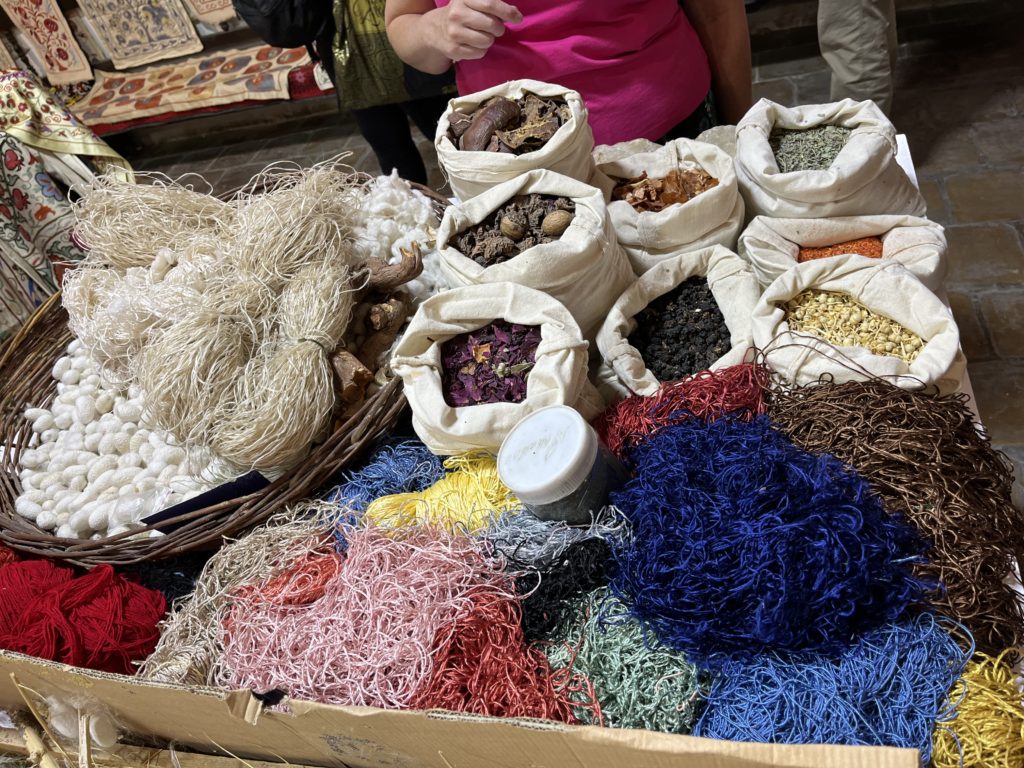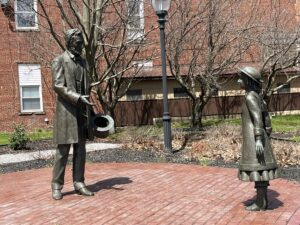 Abraham Lincoln traveled through upstate New York in early 1861 on his way to Washington, DC for his inauguration, stopping in Westfield, Buffalo, Albany, Peekskill, and New York City. Twelve years before, in 1848, he stopped in Buffalo and saw Niagara Falls on his way home between sessions of congress after he toured around eastern Massachusetts giving speeches in support of Zachary Taylor as the Whig nominee for president [Spoiler: Taylor won] In late April of this year, traveled much the same route in northern New York on my way to the Lincoln Forum spring conference at Hildene in Manchester, Vermont.
Abraham Lincoln traveled through upstate New York in early 1861 on his way to Washington, DC for his inauguration, stopping in Westfield, Buffalo, Albany, Peekskill, and New York City. Twelve years before, in 1848, he stopped in Buffalo and saw Niagara Falls on his way home between sessions of congress after he toured around eastern Massachusetts giving speeches in support of Zachary Taylor as the Whig nominee for president [Spoiler: Taylor won] In late April of this year, traveled much the same route in northern New York on my way to the Lincoln Forum spring conference at Hildene in Manchester, Vermont.
My first stop was Westfield, where Lincoln first met Grace Bedell, the young girl who had earlier written to tell him he would get more votes if he grew a beard. Granted, he didn’t start growing it until after the election, but he had it when he stopped in Westfield on his inaugural train journey. When he arrived in Westfield for a brief refueling stop, he called out to see if she was present. She was, and they shared a big hug to a crowd of cheers. Today, a small park features life-sized bronze sculptures of Lincoln and Bedell along with tributes to soldiers who fought in the Civil War. Right beside the park is Grace & Abes, a brewpub where you can choose from a selection of “Abe’s Ales” or all seven deadly sins from “7 Sins Brewery” (and no, there is no beer named after Grace Bedell since she had not yet turned 12 years old at the time).
From there I was on to Buffalo, where among other attractions (and a side trip to the Canadian side of Niagara Falls), I checked out two statues of Lincoln. “The Boy Lincoln” by sculptor Bryant Baker depicts a young Lincoln seated on a log and holding a book. The other, simply titled “Lincoln,” was sculpted by Charles Henry Neihaus and depicts a sitting President Lincoln. It is located in front of the South side of the Buffalo History Museum. One trivia note – Niehaus at one time had eight statues of famous men in Statuary Hall of the United States Capitol, a record. Four have them have since been replaced, but the four that remain are still more than any other sculptor in the Hall.
In Rochester, I checked in on several sites related to Frederick Douglass and Susan B. Anthony. There are fourteen statues of Douglass in and around Rochester, including one of he and Anthony having tea. I visited the cemetery where both of them are buried. One of the Douglass statues has him and Lincoln standing full height grasping hands in a firm handshake between equals.
After checking out the Finger Lakes and Seneca Falls (where women began their struggle to get the vote), it was on to Auburn, the home of Lincoln’s Secretary of State, William H. Seward. Touring the home was fascinating, as was the grand bust of Lincoln in the library, joined by a similar one of Seward. Auburn is also the adopted home of Harriet Tubman, so I checked out yet another cemetery for the tombs of Seward and Tubman.
After a quick stop in Syracuse to see two more Lincoln statues, it was on to Manchester, Vermont, where I attended a weekend Lincoln Forum conference at Hildene, Robert Lincoln’s summer home. I had been there before, but this was a great opportunity to do some fact checking for the book I’m writing on Lincoln’s two New England tours, plus see about 150 other Lincoln researchers.
I’m currently in the final stages of writing the book that will be released in February 2026, so stay tuned for more information on that in the coming months.
[Photo credits: All taken by David J. Kent, April 2025]

Coming in February 2026: Unable to Escape This Toil
Available now – Lincoln: The Fire of Genius: How Abraham Lincoln’s Commitment to Science and Technology Helped Modernize America is available at booksellers nationwide.
Limited signed copies are available via this website. The book also listed on Goodreads, the database where I keep track of my reading. Click on the “Want to Read” button to put it on your reading list. Please leave a review on Goodreads and Amazon if you like the book.
You also follow my author page on Facebook.
David J. Kent is Immediate Past President of the Lincoln Group of DC and the author of Lincoln: The Fire of Genius: How Abraham Lincoln’s Commitment to Science and Technology Helped Modernize America and Lincoln: The Man Who Saved America.
His previous books include Tesla: The Wizard of Electricity and Edison: The Inventor of the Modern World and two specialty e-books: Nikola Tesla: Renewable Energy Ahead of Its Time and Abraham Lincoln and Nikola Tesla: Connected by Fate.







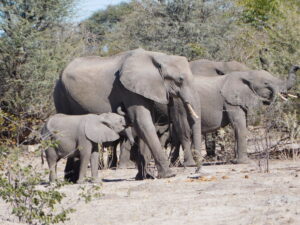 Traveling seems to be done for the year. At least mostly (there might be one short overnight trip squeezed in before New Years). Enough to look back on the year in a traveler’s life. You can see the
Traveling seems to be done for the year. At least mostly (there might be one short overnight trip squeezed in before New Years). Enough to look back on the year in a traveler’s life. You can see the 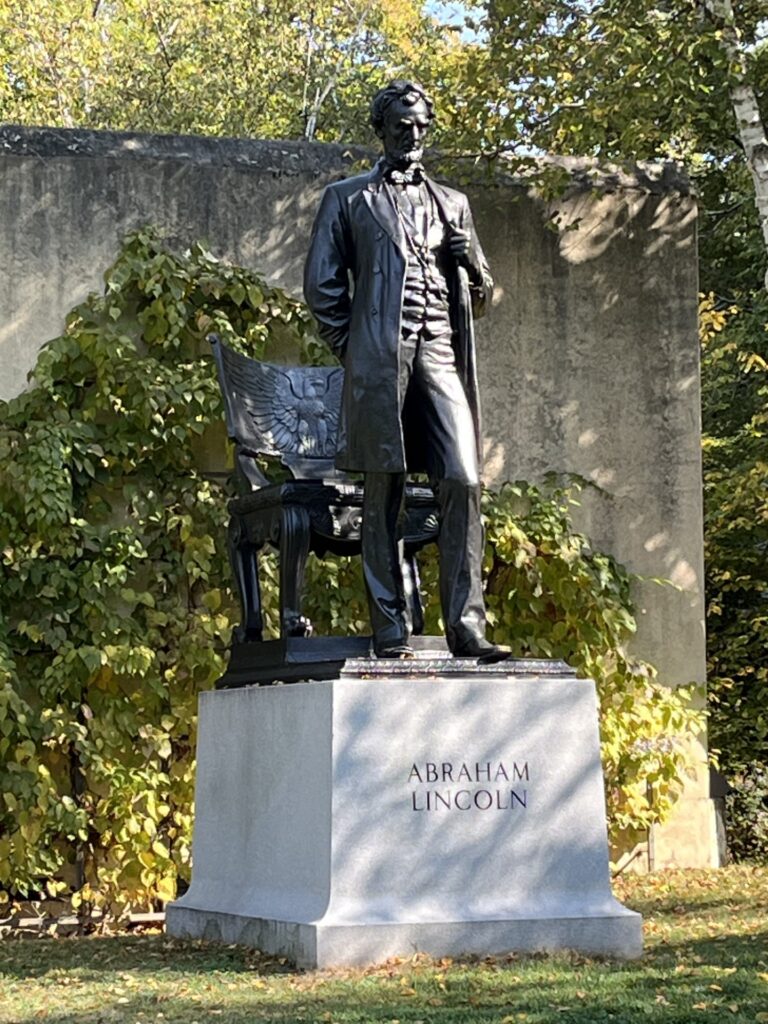
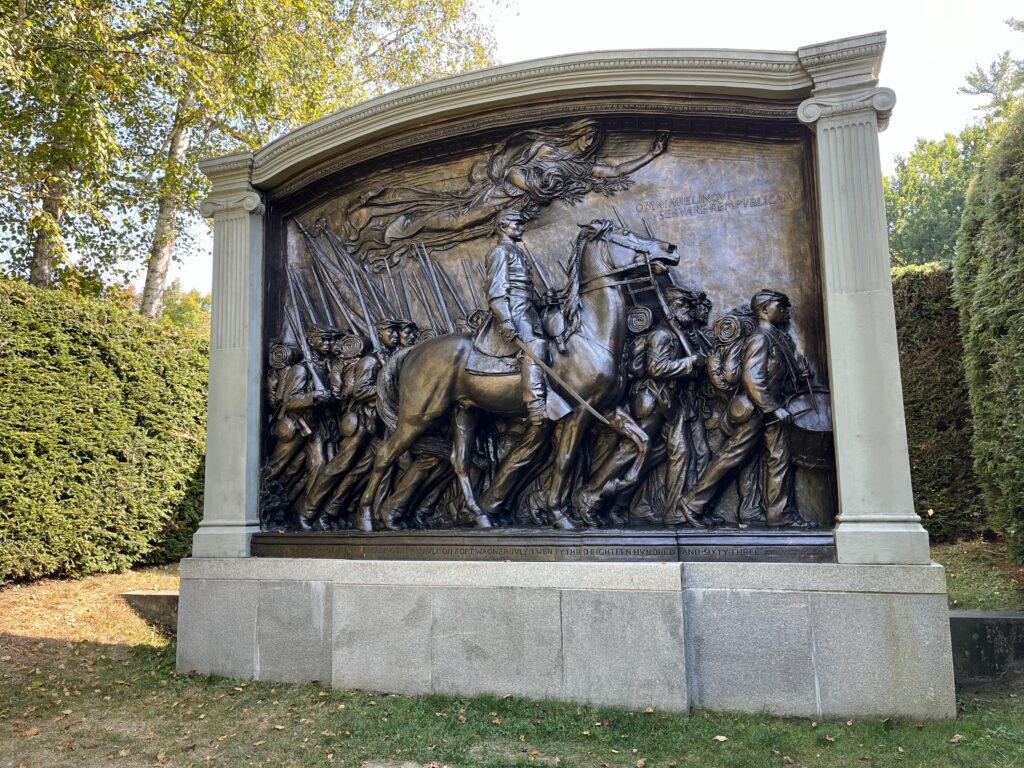
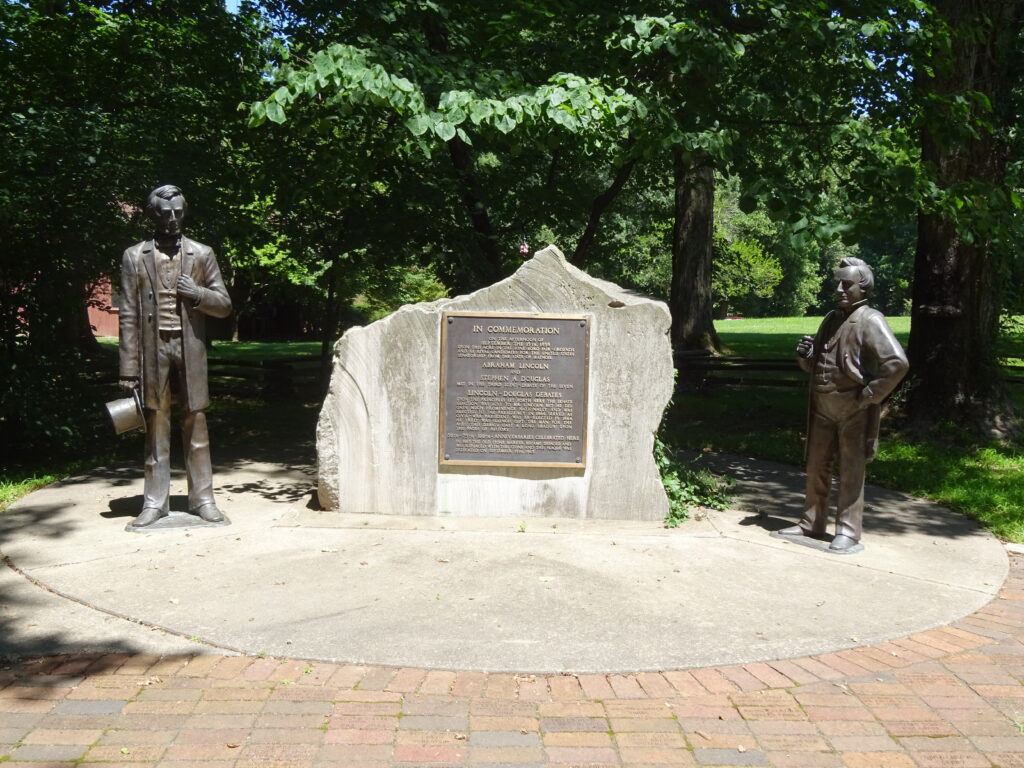
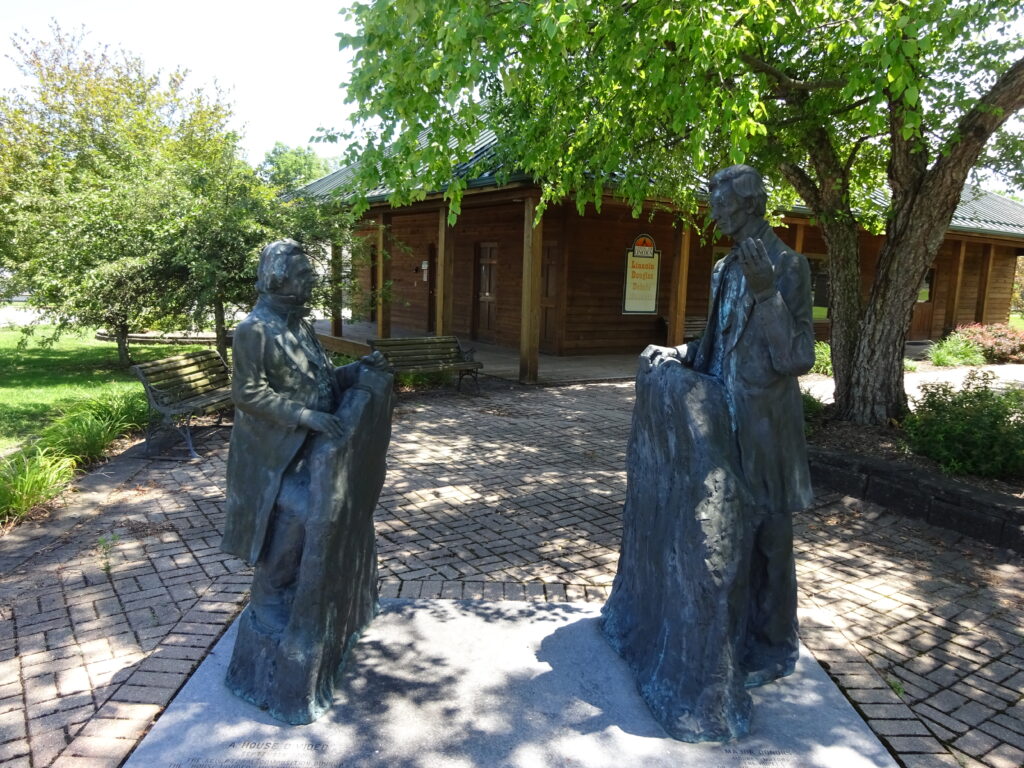
 I recently returned from a 16-day trip to southern Africa. I’m still recovering from the 15-hour flight from Cape Town back to America (and the three-and-a-half-hour flight from Zimbabwe before that) but wanted to get an overview of the trip up as a preamble to more detailed future posts. The trip took us to South Africa, Botswana, Zimbabwe, and unexpectedly, Zambia.
I recently returned from a 16-day trip to southern Africa. I’m still recovering from the 15-hour flight from Cape Town back to America (and the three-and-a-half-hour flight from Zimbabwe before that) but wanted to get an overview of the trip up as a preamble to more detailed future posts. The trip took us to South Africa, Botswana, Zimbabwe, and unexpectedly, Zambia.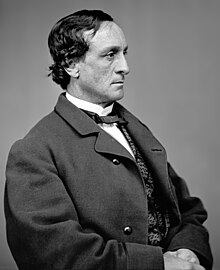 We all know John Wilkes Booth, the assassin of President Abraham Lincoln. And then there was Edwin Booth, the great Shakespearean actor known for his performances of Hamlet. But there was another Booth brother in the acting business, and you won’t believe where he showed up in this edition of Unexpected Lincoln.
We all know John Wilkes Booth, the assassin of President Abraham Lincoln. And then there was Edwin Booth, the great Shakespearean actor known for his performances of Hamlet. But there was another Booth brother in the acting business, and you won’t believe where he showed up in this edition of Unexpected Lincoln.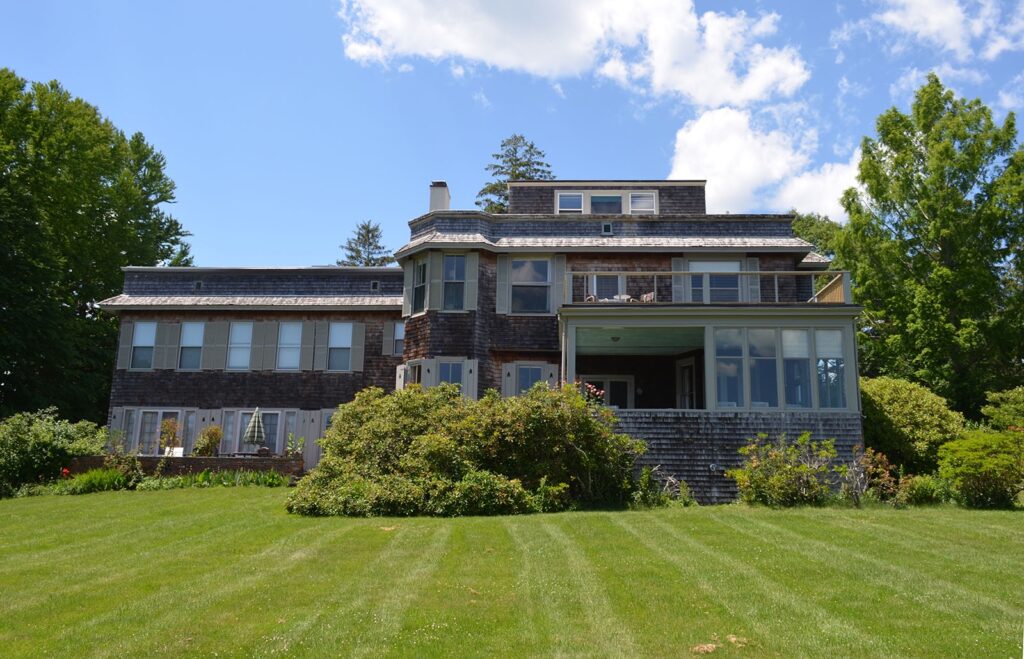




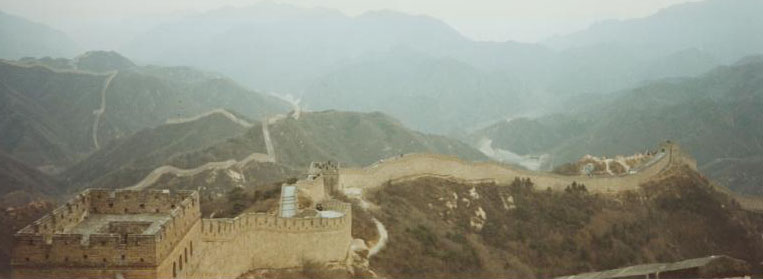 On January 23, 1864, Lincoln sent to the U.S. Senate papers relative to the modification of our treaty with China. China had been an important, but sometimes difficult, relationship during the Civil War. While he didn’t spend that much time on it, Lincoln did have several interactions and official duties. In this 1864 letter, he writes:
On January 23, 1864, Lincoln sent to the U.S. Senate papers relative to the modification of our treaty with China. China had been an important, but sometimes difficult, relationship during the Civil War. While he didn’t spend that much time on it, Lincoln did have several interactions and official duties. In this 1864 letter, he writes: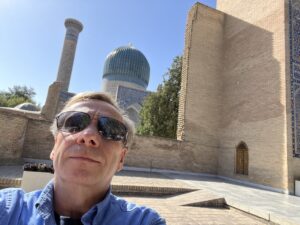 Another
Another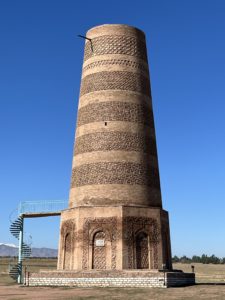 One of the stops on my region tour of several
One of the stops on my region tour of several 


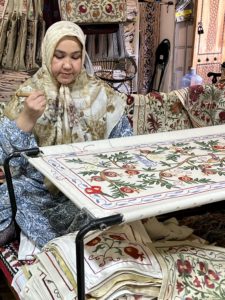 It took two or three days into my visit to Uzbekistan for the subject of the controversial cotton growing industry to come up. We also discussed the silk industry that made the country a key stop in the old Silk Road. Uzbekistan is the largest electricity producer in Central Asia, mainly due to the abundant natural gas reserves and huge Soviet-era power-generation plants. They also are the seventh largest global producer of gold, with copper and uranium not far behind. At first glance (and even second glance), Uzbekistan seems too arid to grow cotton. But cotton production is actually one of most important contributors to the Uzbek economy, accounting for about a fifth of its exports.
It took two or three days into my visit to Uzbekistan for the subject of the controversial cotton growing industry to come up. We also discussed the silk industry that made the country a key stop in the old Silk Road. Uzbekistan is the largest electricity producer in Central Asia, mainly due to the abundant natural gas reserves and huge Soviet-era power-generation plants. They also are the seventh largest global producer of gold, with copper and uranium not far behind. At first glance (and even second glance), Uzbekistan seems too arid to grow cotton. But cotton production is actually one of most important contributors to the Uzbek economy, accounting for about a fifth of its exports.